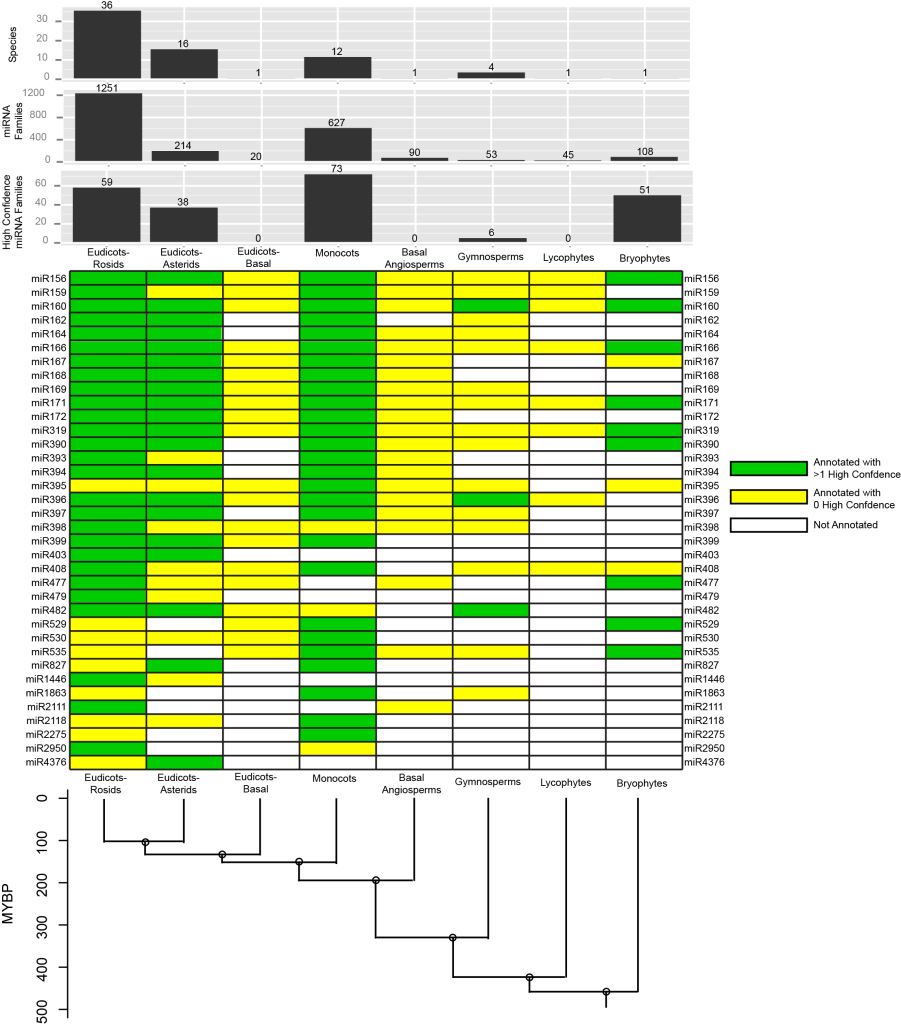The paper I chose to discuss was “Mobile small RNAs regulate genome-wide DNA methylation”, from the Ecker and Baulcombe groups. (PMID: 26787884, doi: 10.1073/pnas.1515072113). This goal of this study was to identify mobile sRNA loci and methylation loci, based on their interaction. To do this, the authors used shoot/root grafts of wild types: Col-0 and C24 and a mutant lacking siRNA formation: dcl234, as to elucidate the requirement of a mobile signal. Mobile sRNAs were identified where WT shoot could produce transcripts that were sequenced in dcl234 roots.
They identified 3 relevant classes of mobile-sRNAs and targets: direct interaction, indirect interaction and de novo methylation. Direct interaction was shown where mobile-sRNAs were were enriched in a methylation site, whereas indirect had methylation due to mobile-sRNAs, but have no clear sRNA culprit. De novo loci are shown where methylation is induced by mobile-sRNAs in Col-0 root by a C24 shoot, but is not present with a Col-0 shoot. This study found widespread accounts of direct and indirect loci, as well as significant de novo methylated sited.
The huge quantity of loci identified as indirectly methylated was an interesting point of this paper. The authors have several thoughts for why this might occur, focusing on a possible secondary signal bridging the mobile signal and methylation or the possibility of aggressive threshold for mobile-sRNA significance inducing false negatives. Another point brought up is the possibility of requiring perfect matching with sRNA alignment resulting in missing valid secondary alignment of transcripts. This certainly seems possible to me, as allowing for a single mis-match opens a much more inclusive set of sRNA targets. These could be biologically relevant despite the mis-match.
Genomically, these direct and indirectly targeted loci are localized in transposable elements, while depleted in coding regions. This is true with both CHH and CHG methylation. Using mutant libraries from another study (Stroud et al. 2013 – Cell), the authors made a clear connection that mobile-sRNA methylation targets are dependent on DRM1/2. This makes a strong case for methylation through an AGO-dependent pathway.
This was an interesting paper, which gave strong evidence to support several of the claims. As an observational study, it gave support to previous work which indicated methylation but on a loci-specific scale. It is clear that this is taking place on a much broader level.




